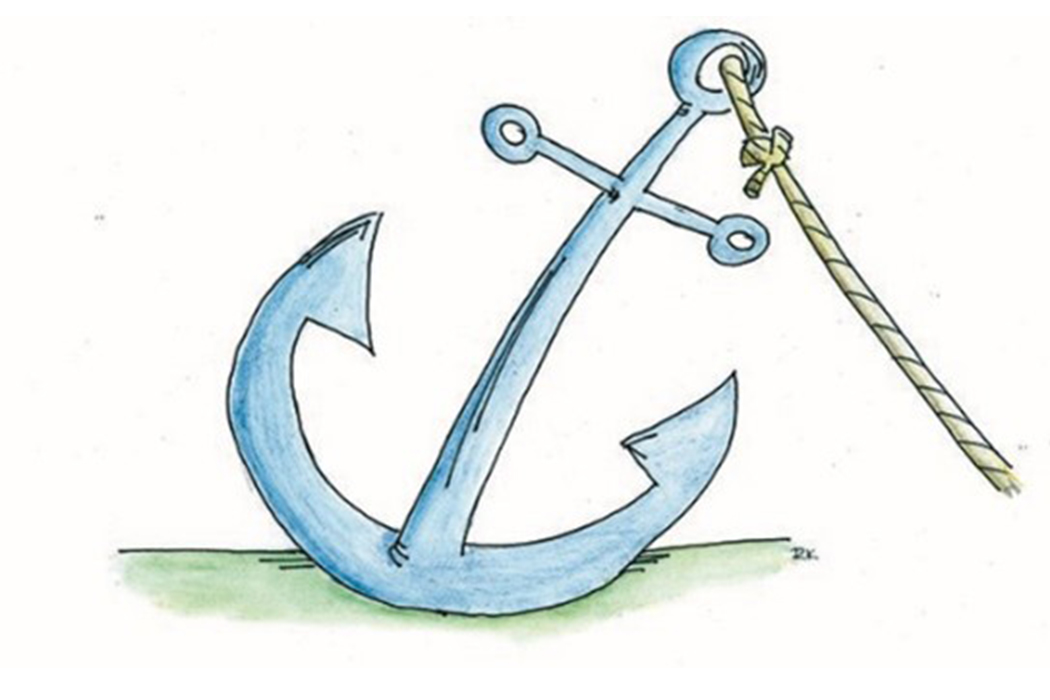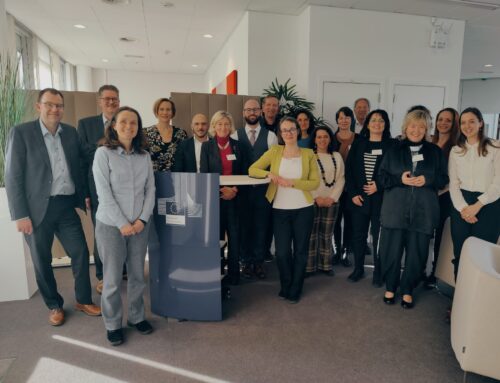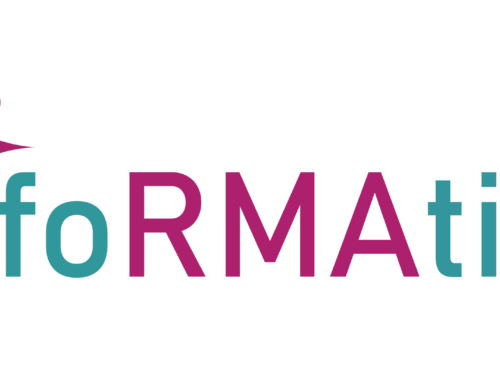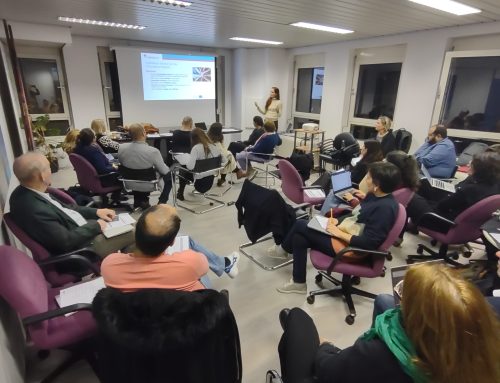We can all quickly list the most common cost categories that usually come up in EU-funded projects. One is indirect costs, often referred to as overheads. These are unlike direct cost categories and have different purposes. Indirect eligible costs are, in most cases, dependent on direct eligible costs. Involvement of all cost categories is not necessarily stipulated in a project’s governing rules. There are even cases whereby only one cost category defines the volume of indirect costs. In some cases, recognised indirect costs are granted as a fixed amount.
Before we delve into the problems that are linked to indirect costs, we should mention what type of expenditures we are referring to. Overall organisational costs such as operations, maintenance and similar would perhaps be the best description. But we could also list some hidden costs, for instance unrecognised but necessary costs, differences that arise due to varying cost recognitions at beneficiary and funder, the existence of maximum ceiling amounts, project preparation costs, ineligible amortisation costs, and excessive costs, etc.
Usually, indirect costs are granted based on direct costs or fixed amounts and need no further justification. But in some cases, documentation such as invoices or bookkeeping documents are required.
Beneficiaries may frequently find they have direct project costs that are recorded as indirect costs at source. In such cases, the beneficiary should consider moving those costs to another cost account. In the opposite case, those excessive costs will burden certain projects unnecessarily (only feasible on projects that have outstanding funding).

*Slovenian Forestry institute
The optimal situation is when granted indirect costs are equal to those incurred. But this is very rare. When granted indirect costs exceed those incurred, the beneficiary may consider other costs that were not originally foreseen. When granted indirect costs are lower than those incurred, then other sources of funding should be found. This is unfortunately a rather frequent occurrence, so beneficiaries should seek to establish healthy bonds across their projects.
Understanding the importance of indirect costs is a fundamental issue in EU-funded projects. Creating a comprehensive project structure and comparing it to organisational settings helps to facilitate a clear project overview, aiding the project and consequently the whole institution.






